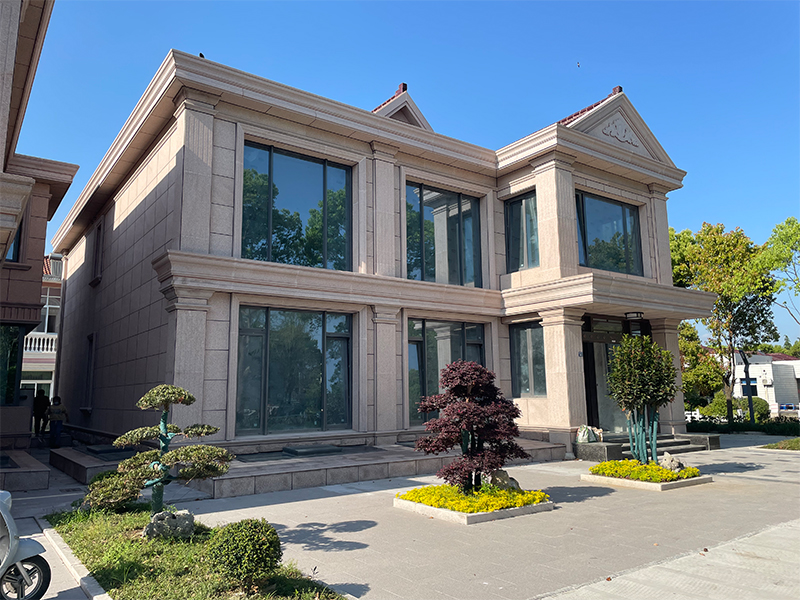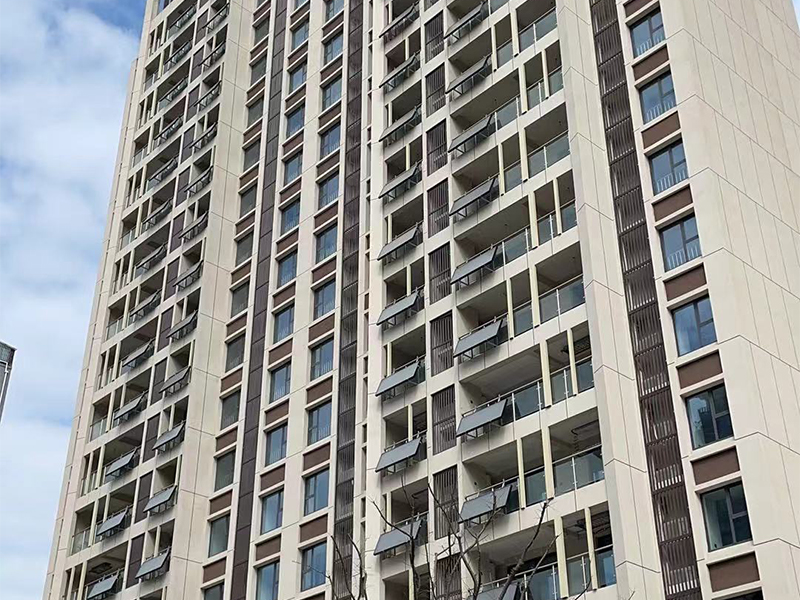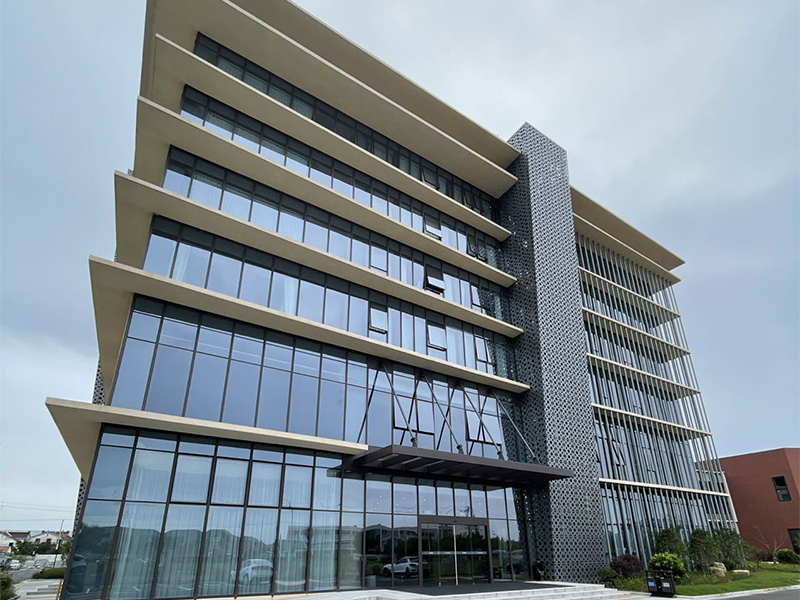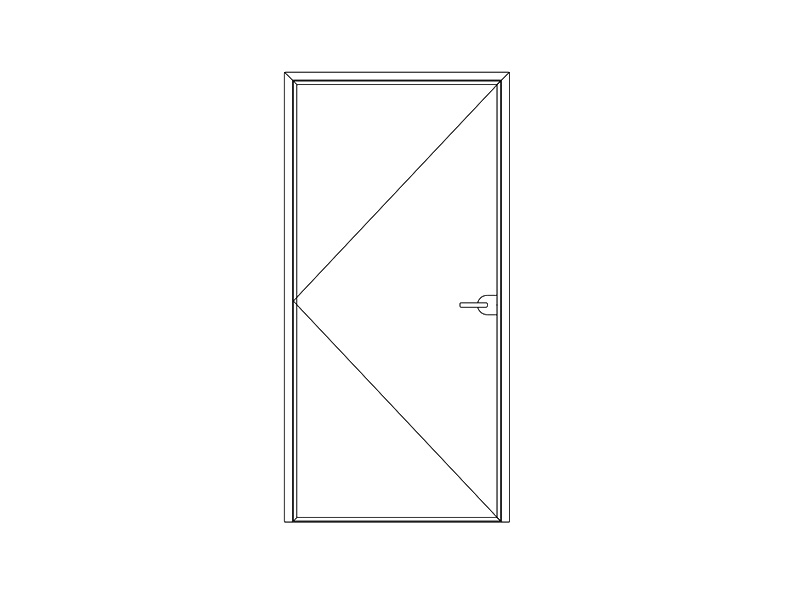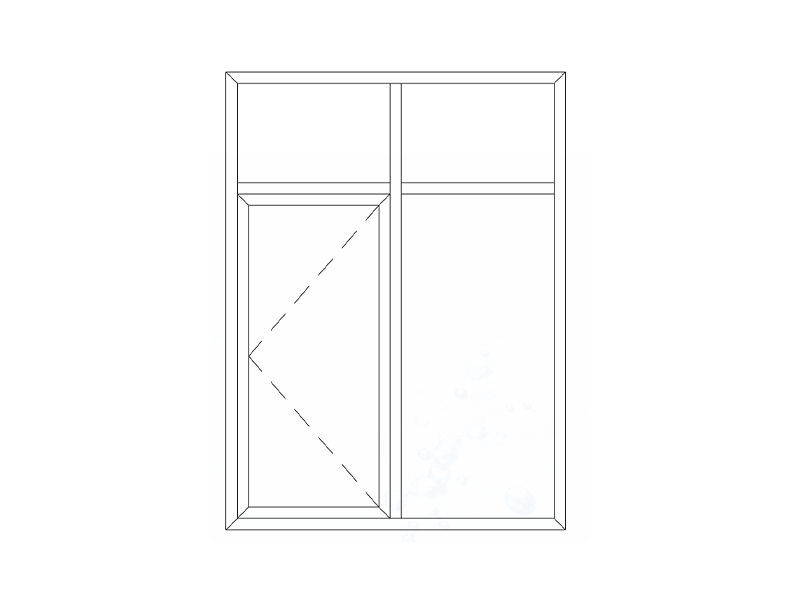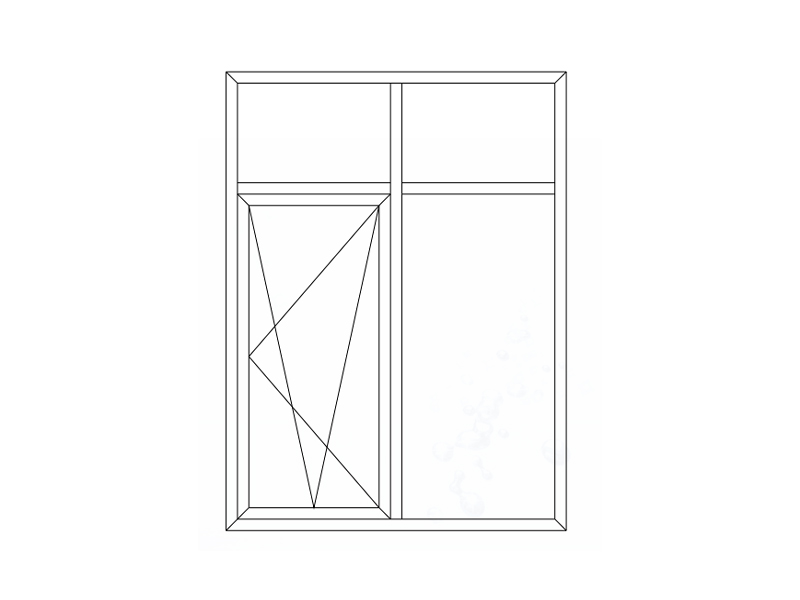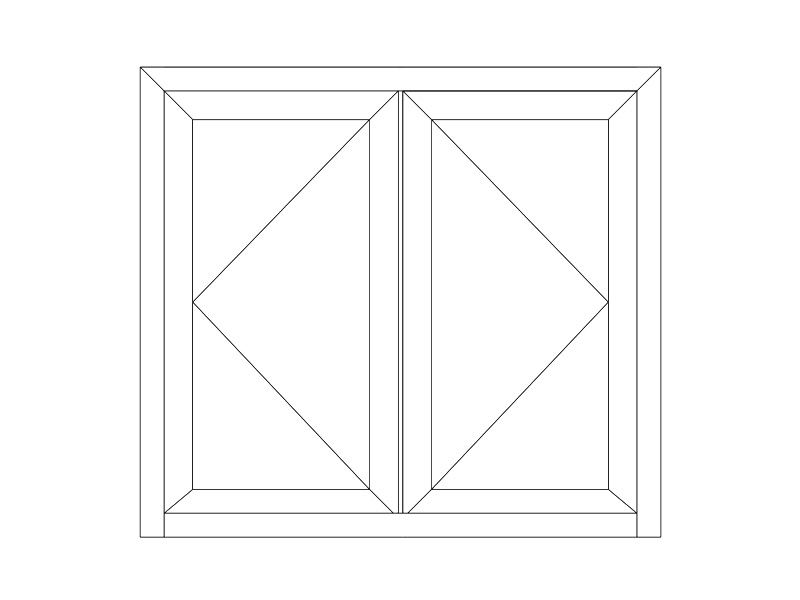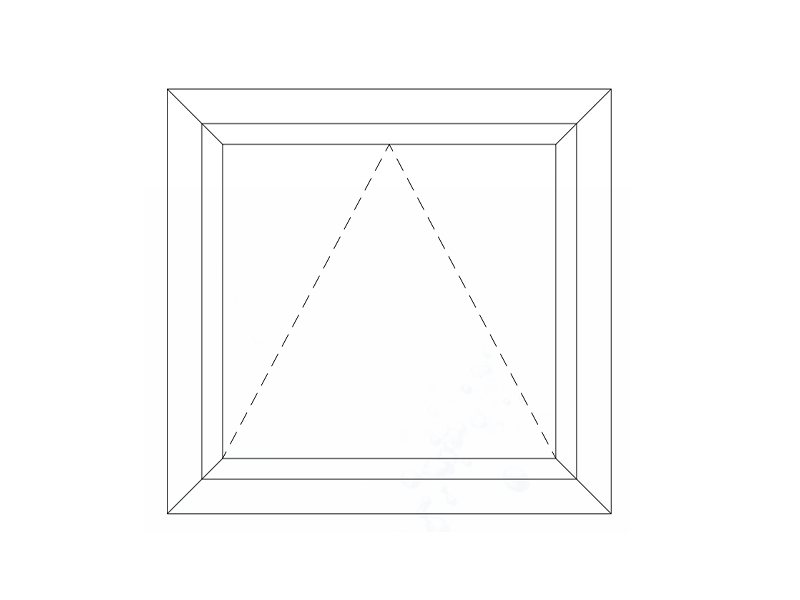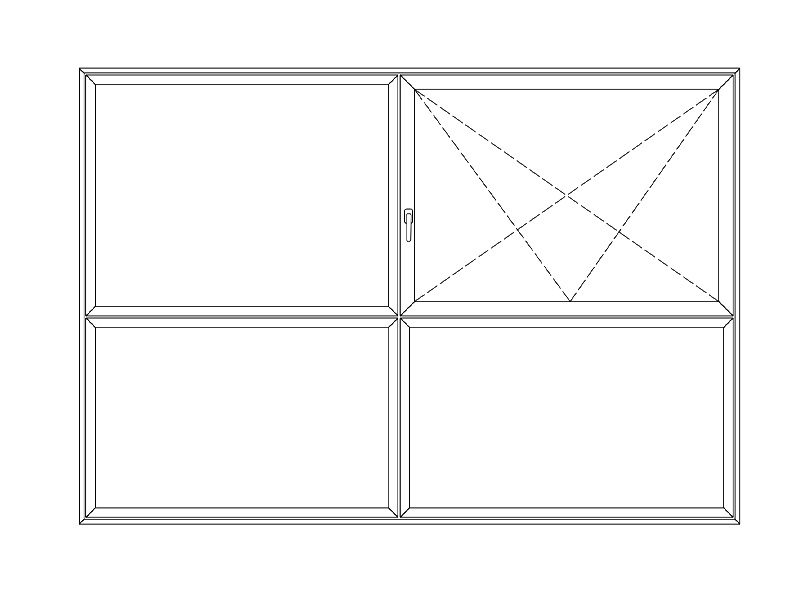The panel cutting machine is an essential piece of equipment in industries ranging from woodworking and furniture manufacturing to sign making and aerospace. These robust machines are specifically designed to cut large, flat sheets of material—often referred to as panels—with high precision, speed, and minimal waste. The ability to handle materials like MDF, plywood, particleboard, laminated panels, acrylic, aluminum composites, and even thin sheets of metal makes them indispensable for mass production and custom fabrication alike.
Core Functionality and Design
A panel cutting machine operates by securely clamping the material and then using a cutting tool, typically a circular saw blade or a high-powered router bit, to execute precise cuts according to programmed specifications.
Types of Panel Cutting Machines
While various models exist, they generally fall into two main categories:
-
Horizontal Panel Saws: Also known as beam saws, these machines are the workhorses of large-scale production. They feature a movable saw carriage that runs beneath the panel stack. They can cut multiple panels simultaneously (stack cutting), significantly increasing throughput. These are characterized by an automatic feeding system and computerized numerical control (CNC) for managing cutting patterns and dimensions, ensuring a highly optimized cutting sequence to reduce material scrap.
-
Vertical Panel Saws: Ideal for workshops and spaces where floor area is a constraint, the material panel is held vertically while the saw head moves horizontally and vertically to make cuts. They are primarily used forsizinglarge panels and are excellent for straight-line cuts (ripping and cross-cutting).

Key Technological Features
Modern panel cutting machines incorporate advanced technology to maximize performance and ease of use:
-
Computerized Numerical Control (CNC): This is perhaps the most critical feature. The CNC system allows operators to input cutting lists directly, and the machine automatically calculates and executes the optimal cutting pattern (optimization software). This capability significantly reduces material wastage and human error.
-
Scoring Blades: In machines designed for cutting laminated or veneered panels, a smaller scoring blade runs slightly ahead of the main saw blade. This blade makes a shallow cut on the material's surface, preventing the delicate top layer from chipping or splintering as the main blade passes through.
-
Automatic Clamping and Feeding: Sophisticated systems automatically hold the panel securely during the cut and precisely position the panel for the next cut, which is vital for achieving accuracy over repeated operations.
-
Material Handling: Many industrial-grade panel cutting machines integrate automated loading and unloading systems (like air flotation tables or roller conveyors) to manage the weight and size of the panels and enhance workflow efficiency.
The Advantage of Precision
The major advantage of using a dedicated panel cutting machine over manual cutting is the unmatched level of accuracy and repeatability. Tolerances for cuts can be held to fractions of a millimeter, which is essential for components that must fit together perfectly, such as in cabinet making or custom architectural millwork.
By combining brute force to process dense materials with delicate, computer-controlled precision, the panel cutting machine remains a cornerstone technology, driving efficiency and quality across the fabrication industry.

